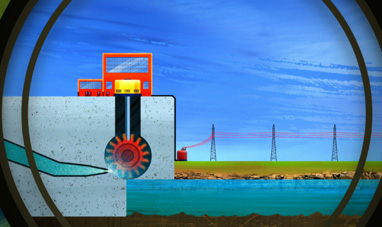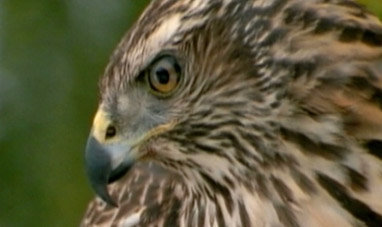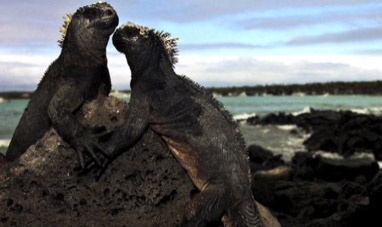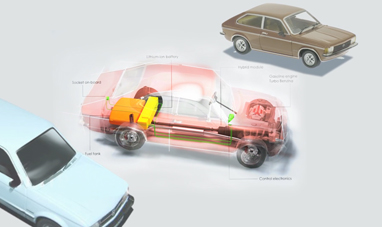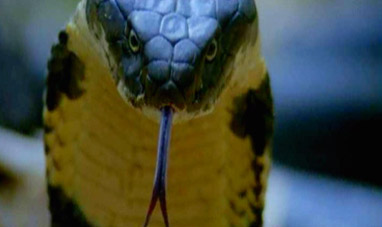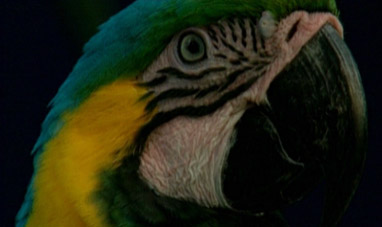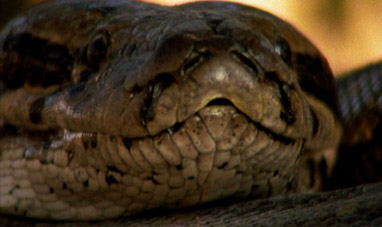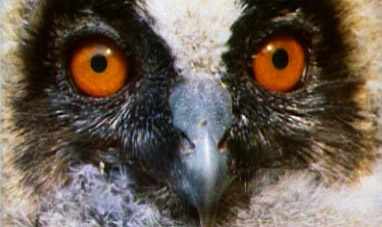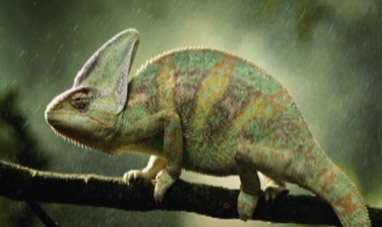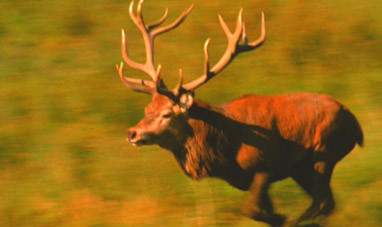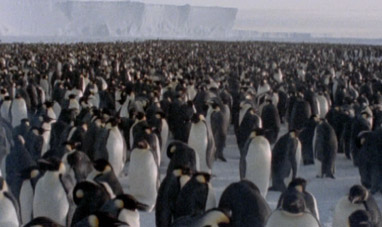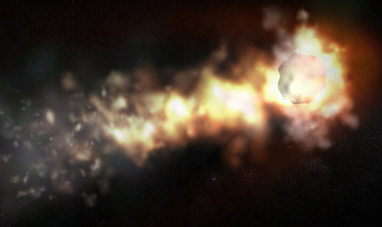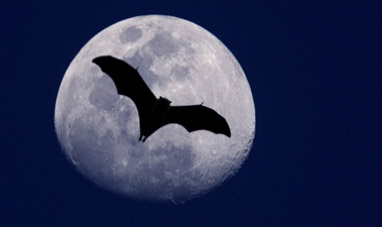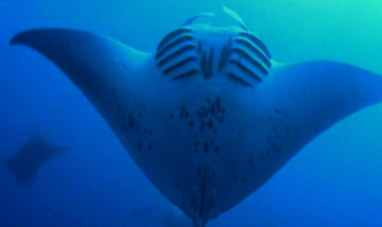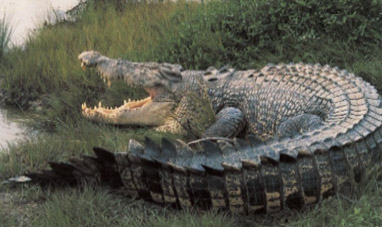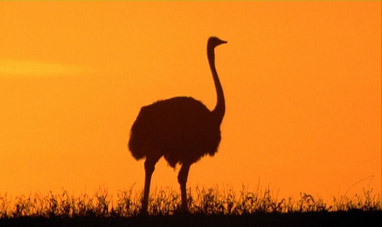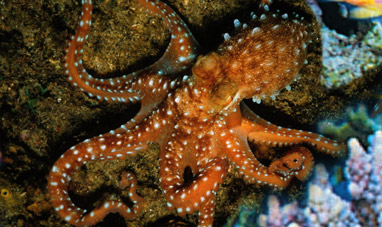Sea urchins belong to the Echinoideae class. They live in all the world's seas and oceans. There are around 850 known species of sea urchins. They are divided into two subclasses depending on shape, which is either regular or irregular. Regular sea urchins are the most common. They are semispherical and have long spines. Irregular sea urchins, called sand dollars, have flat, oval-shaped bodies. What looks like downy hair is actually tiny needles. Most sea urchins range in diameter from a few millimeters to 10 centimeters, although some species may be up to 60 centimeters wide. Some sea urchins live to be eight years old, while others live half as long. A series of calcified plates form a stiff skeleton around their bodies called a mesodermal endoskeleton.
This skeleton is covered in needles that can be brown, red, black or green. Nestled in these needles are five rows of mobile appendages called radial limbs. Radial limbs have several functions, depending on the sea urchin. Some are shaped like pincers at the tips, enabling urchins to grab small prey. Other radial limbs release venom that sea urchins use to ward off enemies. Finally, some radial limbs are used for movement. They have suction cups at the tips and are controlled by a water vascular system. This is a system of vessels similar to blood vessels that sea water flows through. These radial limbs fill up with water, extend, harden and then release the water. This is how sea urchins move on the seabed. On the underside of the body, the mouth has five sharp cone-like teeth. Some sea urchins dig holes with their teeth in rocks along the shore and then use these rocks as hiding places.
Each tooth is set in its own casing and can move independently from the others. This structure is called Aristotle’s lantern after the Greek philosopher who first described it. Sea urchins feed off scraps of food they find in the sand, or seaweed they scrape from rocky surfaces. Some species also eat small animals.
Reproduction is asexual and external. Sea urchins release eggs and spermatozoa into the water. Fertilization leads to development of a larva called pluteus. These larvae drift in the current. Four to six weeks later, larvae drop to the seabed and develop into a young sea urchin. Sea urchin gonads have long been considered a delicacy in Japan, where it is known as uni and consumed annually by the ton. These look like a yellow or orange gel. They can be eaten cooked or directly from the shell, raw. Not all species of sea urchins can eaten. Only the few hermaphrodite species, which have the reproductive systems of both sexes, are edible. Hermaphrodites Paracentrotus lividus are very common in the Mediterranean. They are brown, green and purple and have a seven-centimeter diameter.
This skeleton is covered in needles that can be brown, red, black or green. Nestled in these needles are five rows of mobile appendages called radial limbs. Radial limbs have several functions, depending on the sea urchin. Some are shaped like pincers at the tips, enabling urchins to grab small prey. Other radial limbs release venom that sea urchins use to ward off enemies. Finally, some radial limbs are used for movement. They have suction cups at the tips and are controlled by a water vascular system. This is a system of vessels similar to blood vessels that sea water flows through. These radial limbs fill up with water, extend, harden and then release the water. This is how sea urchins move on the seabed. On the underside of the body, the mouth has five sharp cone-like teeth. Some sea urchins dig holes with their teeth in rocks along the shore and then use these rocks as hiding places.
Each tooth is set in its own casing and can move independently from the others. This structure is called Aristotle’s lantern after the Greek philosopher who first described it. Sea urchins feed off scraps of food they find in the sand, or seaweed they scrape from rocky surfaces. Some species also eat small animals.
Reproduction is asexual and external. Sea urchins release eggs and spermatozoa into the water. Fertilization leads to development of a larva called pluteus. These larvae drift in the current. Four to six weeks later, larvae drop to the seabed and develop into a young sea urchin. Sea urchin gonads have long been considered a delicacy in Japan, where it is known as uni and consumed annually by the ton. These look like a yellow or orange gel. They can be eaten cooked or directly from the shell, raw. Not all species of sea urchins can eaten. Only the few hermaphrodite species, which have the reproductive systems of both sexes, are edible. Hermaphrodites Paracentrotus lividus are very common in the Mediterranean. They are brown, green and purple and have a seven-centimeter diameter.




